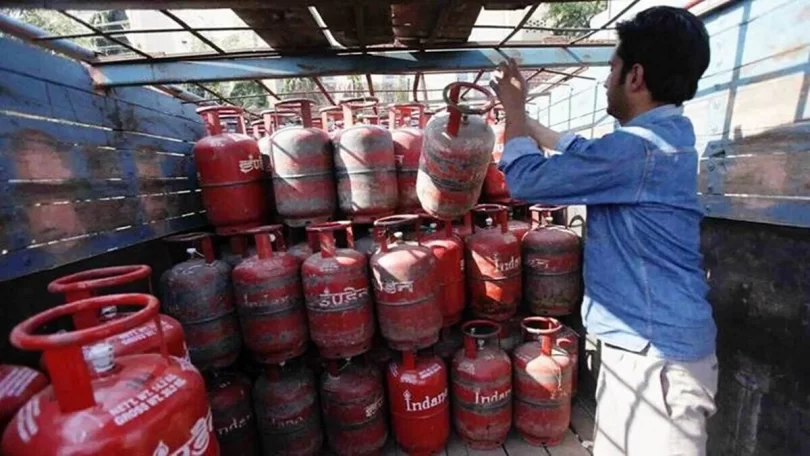[ad_1]
Amid rising concerns over skyrocketing global natural gas prices jacking up energy and industrial costs, and derailing the efforts to contain inflation, the Centre has begun a review of the pricing formula for domestically-produced gas.
The ministry of petroleum and natural gas has set up a committee under noted energy expert Kirit Parikh to review the current gas pricing formula, Reuters reported, adding that the government order in this regard spoke of the need to ensure “a fair price to the end consumer”.
Though the committee has been asked to submit the report by the end of this month, its inputs won’t be used for the next six-monthly revision of the domestic gas prices for the October 2022-March 2023 period.
The next price revision will likely lead to a further rise in prices of gas from both the normal and the “difficult” fields, given that the benchmark global prices have remained elevated.
Also read: Nifty, Sensex end flat in red; volatility likely to persist, add quality stocks on dips, say analysts
In the last revision effective April 1, 2022, the price of natural gas from old and regulated fields was doubled to $6.1 per million British thermal unit (mBtu). Price of gas produced from difficult fields like KG-D6 block operated by Reliance Industries-bp combine, was hiked from $6.13 earlier to 9.92/mBtu for the April-September 2022 period.
Significantly, the review of gas pricing formula taking consumer interests into consideration comes despite Reliance Industries repeatedly urging the government to remove the cap on gas price since it “remains disconnected with the global price trends, irrespective of any rise or a fall”.
Of natural gas consumed in the country, almost 50% is imported LNG. Fertiliser sector is the largest consumer of gas, accounting for a third of the consumption, followed by city gas distribution or CGD (23%), power (13%), refineries (8%) and petrochemicals (2%).
It is not immediately clear whether the revision of the pricing formula by the Parikh committee would go against the producers, especially those operating difficult fields. India’s domestic gas production has stagnated in recent years, despite the higher price ceilings, allowed by the formula linked to global markets.
Also read: DreamFolks shares list at premium on BSE, NSE; gain 56% from IPO price, tops Rs 500 on stock debut day
In recent weeks, the government has taken several steps to cushion the impact of high gas prices on end consumers. It raised allocation of domestic natural gas for CNG used in the transport sector and PNG used by households for cooking. Also, in May, the government asked state-run GAIL to procure and mix LNG in the CGD pool and supply the same at uniform base price to all CGD entities. The move followed significant increases in domestic CNG and PNG prices as operators used costlier imported LNG.
Indraprastha Gas sells CNG in Delhi at 75.61/kg now, up from43.40 per kg in July 2021. Similarly, PNG prices rose by 71% since July to the current rate of `50.59 per standard cubic metre.
The move to check rising CNG prices was also in view of large sections of automobile buyers refusing to for CNG conversion given the sharp increase in prices.
However, state-run Oil and Natural Gas Corporation recently relaunched a tender to sell gas from its KG fields at a higher price of $15 per mBtu as it looked to capitalise on a global surge in energy prices.
Since 2014, India has linked local gas prices to a formula tied to global benchmarks, including Henry Hub, Alberta gas, NBP and Russian gas. The policy was aimed at incentivising domestic production of gas and reduce import dependence. In 2016, the country began fixing (higher) ceiling prices of gas produced from ultra-deep water and challenging fields and allowed marketing freedom to the operators of these fields.
India’s retail inflation peaked at 7.79% in April before easing in the last three months, but has remained above the Reserve Bank of India’s mandated target band of 2-6% for seven consecutive months. Economists expect inflation to remain above the central bank’s upper tolerance band in the coming months.
RIL expects demand for domestic natural gas to remain strong on higher production based on KG-D6 field. Reliance-BP combine currently produce about 20% of India’s total domestic production. With the MJ field starting production soon, output from the field would rise to 30% in the next 16 months.
[ad_2]
Source link








